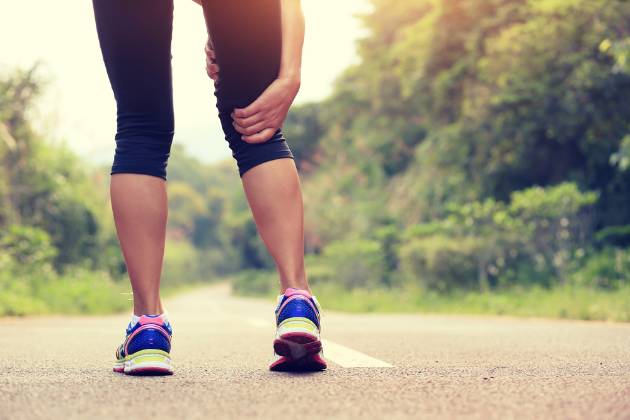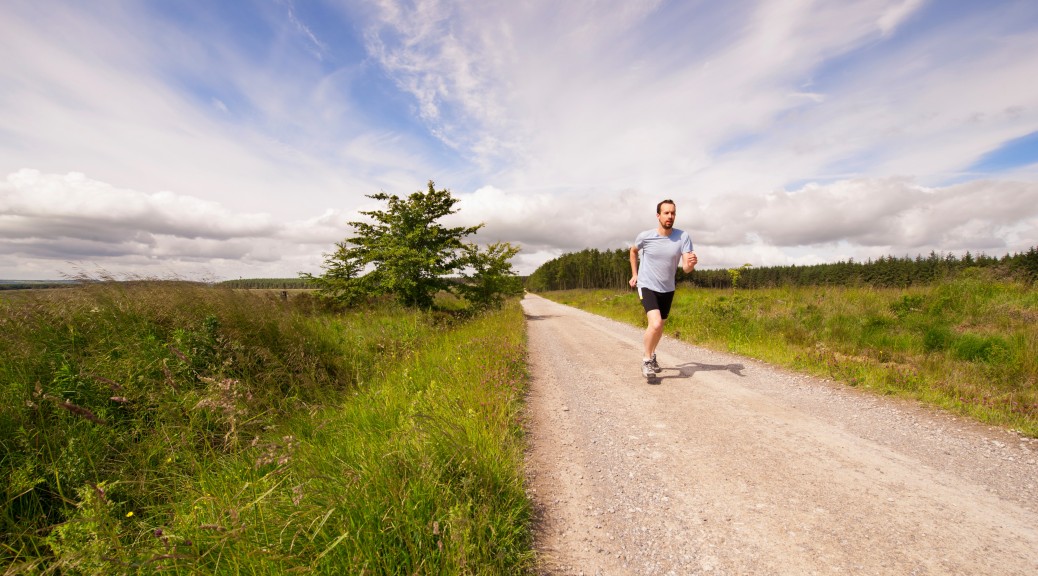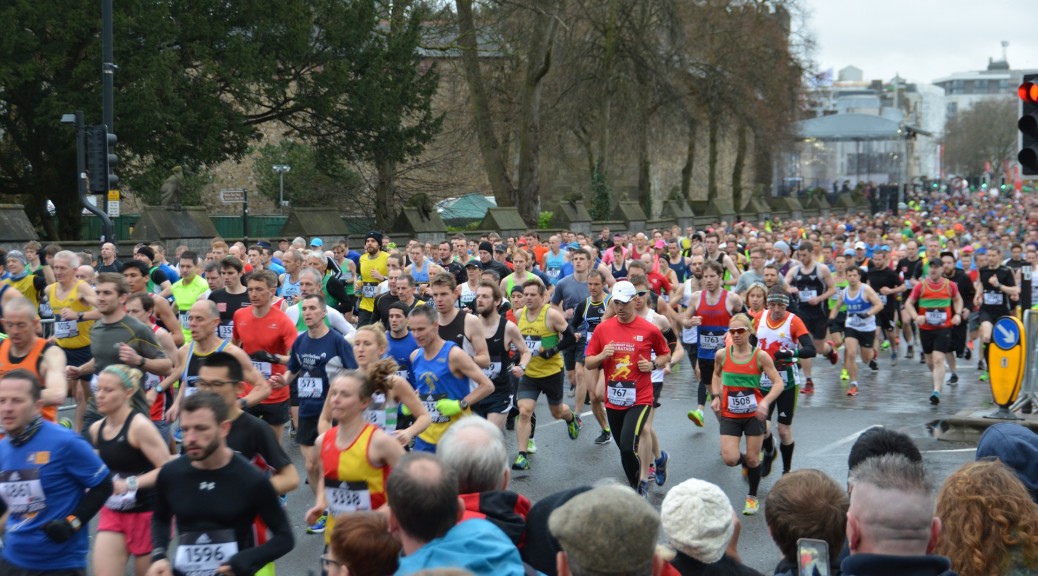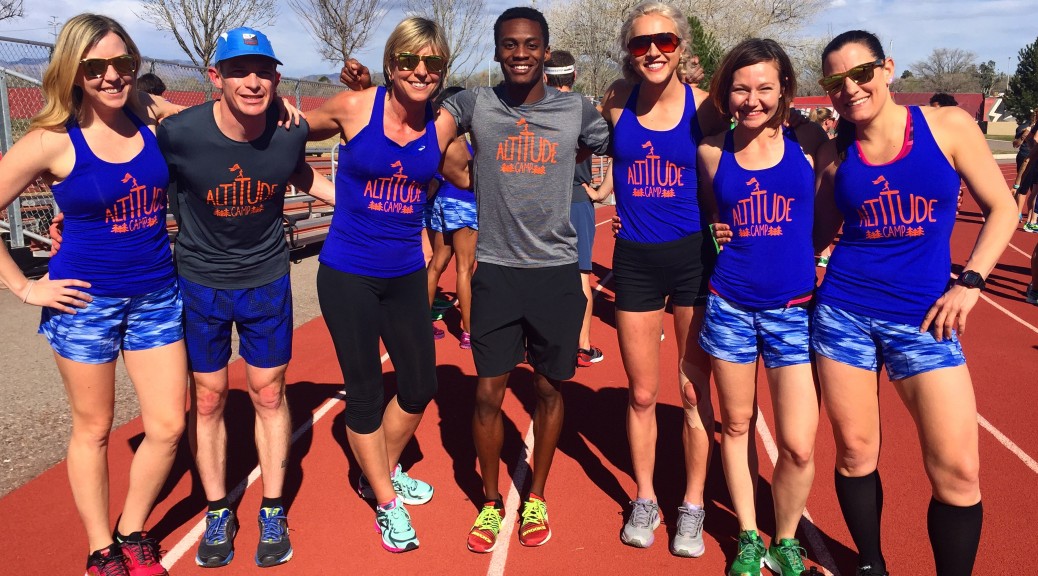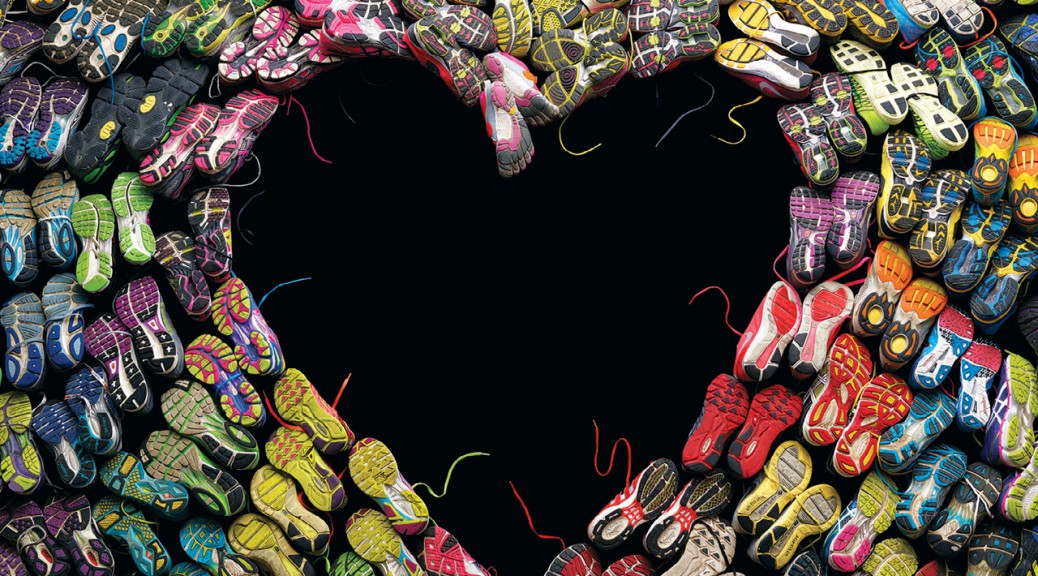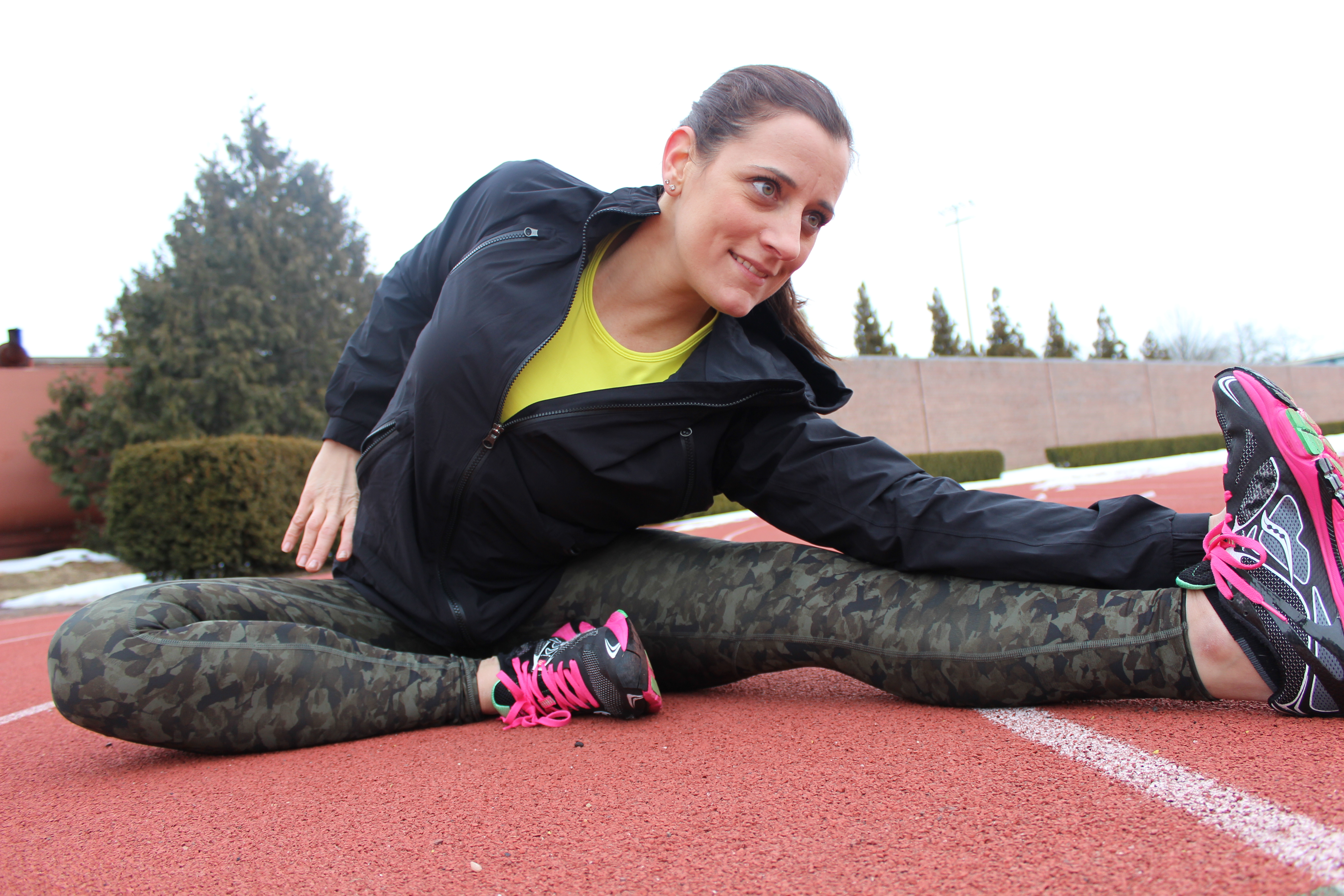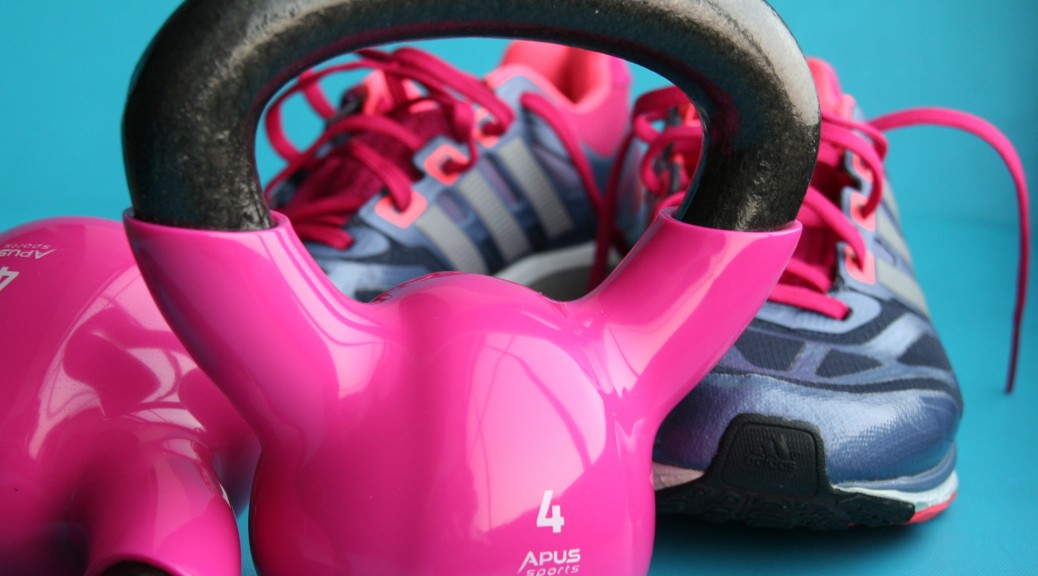Over the past month, I was unable to run due to a quad and tendon injury in my left leg. In January, I had started training for the NJ Marathon which will be held on 4/30/17, in an effort to try to qualify for Boston. I started speed workouts, tempo runs, etc… I hoped to get faster and PR on race day. Unfortunately, the Universe had other plans for me. I am not sure how I got hurt or why. I was following a plan, running smart, doing warm ups, cool downs, stretching, eating well, but yet I still got injured. When I first got hurt, I tried running through the pain, but that only made it worse. I was forced to stop running. Out the window went my marathon and any hope of a BQ.
At first, I was devastated. I didn’t want to accept it, didn’t want to rest, and went to three doctors in an effort to find someone who would tell me what I wanted to hear… no such luck. My only option was to rest and give my leg some needed time to repair itself. This was a wakeup call/reality check reminding me to slow down and not push so hard. I had to listen, whether I liked it or not. I needed to accept the fact that I needed to rest, because the more I tried to push through, the longer it would take my leg to heal. I immediately started various therapies to help get me back to running: stretching, foam rolling, massage, acupuncture, stim, ultrasound therapy, and rest.
During the time, I kept asking myself, what was I going to do if I didn’t run? The answer, swim and some strength training (obviously, I couldn’t use my legs so no squatting, jumping, etc…). I focused on core work and upper body. This made me feel good and somewhat productive, despite not not being able to run much.
After a month, I started to notice a difference. I had more mobility in my leg, I could walk without limping, didn’t have to use the railing going up and down the stairs, and with doctors approval I started to run a few miles. I was super excited, but I needed to still remind myself to take it easy and not push too hard because I certainly didn’t want to hurt myself again. Coming back from a running injury stinks. But, it stinks a lot less than the time spent actually dealing with the injury.
The last thing you want during a comeback is to re-injure yourself, or to get a new injury, so keep the following in mind as you return to running.
TIPS TO COME BACK AFTER AN INJURY:
BE GRATEFUL:
The first and perhaps most important thing to keep in mind when getting back to running after a long hiatus is to be grateful for every mile. Every mile is a gift. It’s more about being out on the road than anything else, the rest will come!
BUILD SLOW:
When you get the green light to begin running, do not jump full-force back into where you left off. It is important NOT to rush things, as patience pays off in the end. Gradually increase the amount of time you spend running and supplement the rest with cross-training.
TAKE BABY STEPS:
If you start to notice some injury symptoms creep up, reassess right away. It may mean you have to take a few steps back and not increase your running that week. This is not a sign of defeat; if you catch it early, you’ll avoid anything more serious. Coming back can take time, be patient.
DON’T EXPECT TO PICK UP WHERE YOU LEFT OFF:
You may have been able to run a sub 8 min. mile, but when you come back from an injury, it’s not likely you’ll be at your previous fitness level. Don’t be discouraged if you’re running a minute or more slower. The speed/fitness will come back! You’ll need to drop pace and mileage, so try not to get hung up on what once was.
POSITIVITY & PERSPECTIVE:
The biggest deciding factor in how well you can come back from an injury is your perspective. Look forward to the runs and more miles as they come and don’t forget that each mile is NOT a given. Be grateful for them and, as you are able to run more and are back to full training mode, remind yourself not to take them for granted. This will help you remain patient and keep your eyes focused on your long term goals.
Enjoy the act of feeling like you’re a runner again, it’s one heck of a high. So smile and have faith that muscle memory will eventually kick back in!
WE ARE ALL DIFFERENT:
Don’t expect your body to return in same time frame as someone else with the same injury. Just because your friend was running after a certain time period, doesn’t mean you will. Reassess the goals you had before your injury and take it one day at a time.
KEEP CROSSTRAINING AND DOING YOUR THERAPY:
I.e. swimming, lifting, rehab (especially the rehab exercises)- Keep doing it! This is all stuff that’ll make you a better runner, plus you’ve started a new routine, stick to it!
DON’T REPEAT THE SAME MISTAKES:
Assess your training. What were you doing before the injury that could have lead to you becoming injured? Did you over train? Run too many races? Not enough rest? Not stretching enough? No warmup/cooldown? Whatever the case may be, think about it, analyze it, and make a plan to not have history repeat itself.

